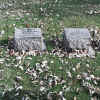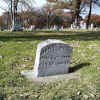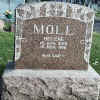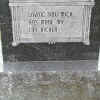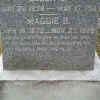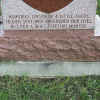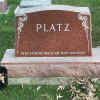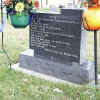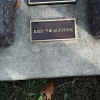Footnotes
1. Webster’s II New Riverside Dictionary. (New York: Houghton Mifflin
Company,1984.), 235.
2. Wallis, Charles L, Stories on Stone: A Book of American Epitaphs (New York: Oxford
University Press, 1954), 17.
3. Melendy, Peter, Historical Record of Cedar Falls. 1893. (Reproduced, Evansville,
Ind.,
Unigraphic, Inc.1974), 76.
4. Rees, Nigel, Epitaphs (London: Bloomsbury Publishing, 1994), vi.
Bibliography
Melendy, Peter. Historical Record of Cedar Falls. 1893. Reproduced, Unigraphic, Inc.
Evansville,
Ind., 1974.
Rees, Nigel. Epitaphs. London: Bloomsbury Publishing, 1994.
Wallis, Charles L. Stories on Stone: A Book of American Epitaphs. New York: Oxford University
Press, 1954.
Webster’s II New Riverside Dictionary. New York: Houghton Mifflin Company,
1984.
|
